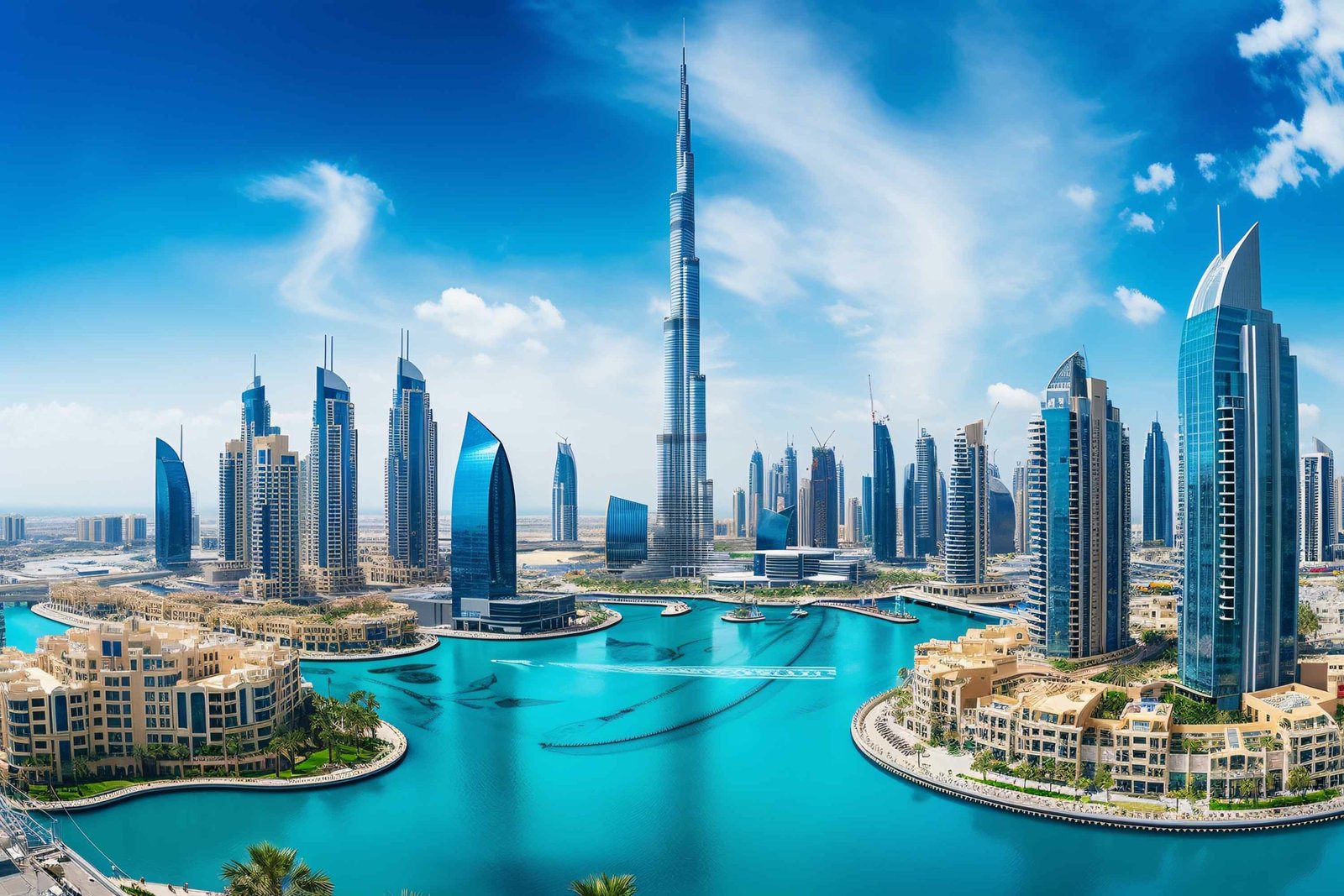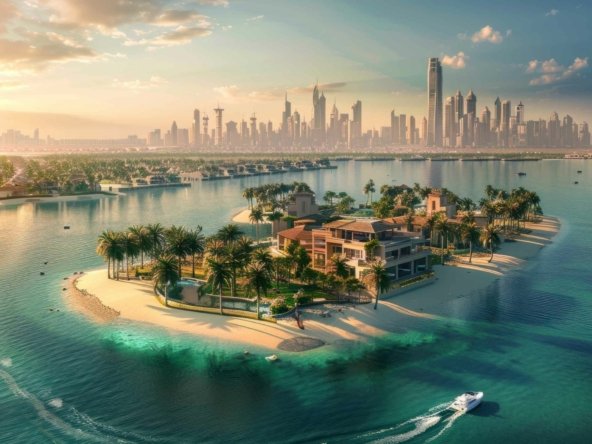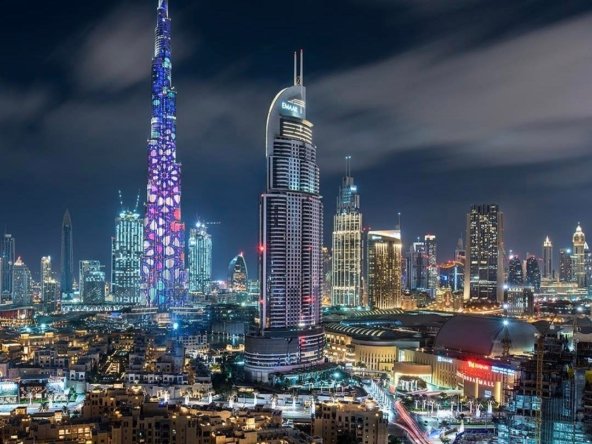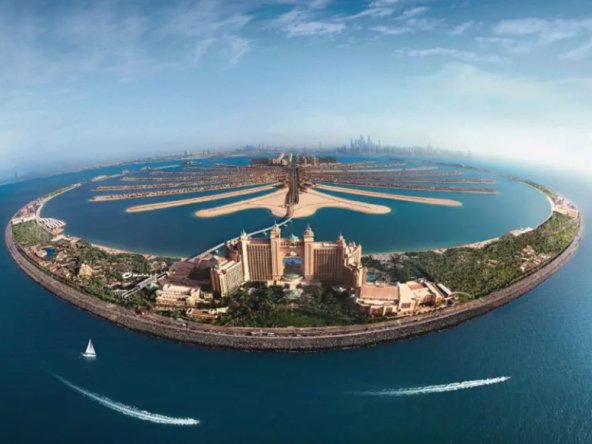Dubai, a city renowned for its visionary urban development and iconic skyline, is making strides in enhancing its public transport infrastructure. From the sleek, automated Dubai Metro to expansive bus and tram networks, these advancements are reshaping the real estate market. This blog delves into how Dubai’s public transport expansion directly impacts property values, highlighting key projects, benefits for investors, and future opportunities for growth.
1. Public Transport as a Catalyst for Urban Growth
Efficient public transport systems are vital to modern urban living. They connect communities, reduce travel times, and improve quality of life. For a city like Dubai, which prides itself on convenience and accessibility, public transport expansion has a profound effect on urban development and property values.
The principle of Transit-Oriented Development (TOD) states that areas well-served by public transport experience a surge in demand, driving up real estate values. Dubai exemplifies this trend, with properties near metro stations, tram lines, and bus routes becoming increasingly desirable.
2. Key Public Transport Projects in Dubai
Dubai’s government, led by the Roads and Transport Authority (RTA), has made significant investments in public transport infrastructure. Let’s explore some of the most impactful projects:
a. Dubai Metro
The Dubai Metro is a state-of-the-art, driverless rail system featuring two main lines—the Red Line and the Green Line. With over 85 stations and ongoing expansions, the metro provides unparalleled connectivity. The Route 2020 extension, which links Discovery Gardens, Al Furjan, and Dubai Investment Park to Expo City, is a game-changer, driving property growth in these areas.
b. Dubai Tram
The Dubai Tram operates in key areas like Dubai Marina and Jumeirah Beach Residence (JBR). It integrates seamlessly with the metro, enhancing accessibility for residents and tourists alike. The tram’s presence has bolstered the appeal of luxury waterfront properties in these neighbourhoods.
c. RTA Bus Networks
Dubai’s extensive bus network complements its rail and tram systems. Covering both urban and suburban areas, it ensures last-mile connectivity for residents. Areas previously considered remote, such as Dubai Silicon Oasis, have gained increased accessibility, boosting their real estate potential.
d. Upcoming Projects
The Comprehensive Transport Strategy 2030 outlines ambitious plans to expand the city’s transport network. These include additional metro lines, new tram routes, and advanced bus systems. As these projects come to fruition, they will unlock new areas for development and increase property values.
3. The Impact of Public Transport on Property Values
a. Increased Demand for Transit-Accessible Properties
Proximity to public transport is a top priority for buyers and renters. Properties near metro stations, tram stops, or major bus routes experience higher demand, leading to increased values. For example, neighbourhoods like Dubai Marina, Business Bay, and Jumeirah Lakes Towers (JLT) have become hotspots due to their excellent connectivity.
b. Higher Rental Yields
Properties close to transport hubs tend to generate higher rental income. Tenants prioritize convenience and accessibility, making such properties highly desirable. Landlords benefit from consistent demand and competitive rental rates.
c. Appreciation in Property Values
Areas connected to expanding transport networks often witness faster property appreciation. For instance, the Route 2020 extension has significantly boosted property prices in Al Furjan and Discovery Gardens.
d. Enhanced Appeal for Commercial Real Estate
Transport-linked commercial properties attract businesses due to increased foot traffic and ease of employee access. Areas like Downtown Dubai and Deira have seen a surge in office and retail space demand, driven by their proximity to metro stations.
4. Areas Benefiting Most from Transport Expansion
Several neighbourhoods in Dubai have gained prominence due to improved transport connectivity. Here are some examples:
a. Dubai Marina and JBR
The introduction of the Dubai Tram and proximity to metro stations have made Dubai Marina and JBR prime residential and tourist destinations. The ease of transport has added to the allure of these luxury waterfront communities.
b. Business Bay
With multiple metro stations and its strategic location near Downtown Dubai, Business Bay has emerged as a thriving hub for both residential and commercial developments.
c. Al Furjan and Discovery Gardens
Previously considered suburban, these areas have seen a surge in popularity thanks to the Route 2020 metro extension. Improved connectivity has attracted families and investors alike.
d. Expo City Dubai
The transformation of the Expo 2020 site into a vibrant legacy district has increased property demand in the area. Enhanced metro connectivity ensures long-term growth and investment potential.
e. Deira and Al Rigga
These older parts of Dubai are experiencing a resurgence due to metro connectivity and urban regeneration projects. Affordable properties with excellent transport links make them attractive to a wide range of buyers.
5. Benefits for Investors and Homebuyers
a. Higher ROI
Investors can expect strong returns on investment for properties near public transport hubs, thanks to higher rental yields and consistent demand.
b. Broad Tenant Pool
Properties with excellent transport access appeal to a diverse tenant base, including young professionals, families, and expatriates who rely on public transport for commuting.
c. Sustainability and Lifestyle
Public transport promotes eco-friendly living by reducing reliance on cars. Residents enjoy a more sustainable lifestyle and lower commuting costs, enhancing the appeal of transit-linked properties.
6. Challenges and Considerations
While the benefits of public transport expansion are clear, there are some challenges to consider:
a. Initial Price Surges
Properties near new transport hubs may experience a sudden spike in prices, making them less affordable for some buyers.
b. Overcrowding
High demand in transport-linked areas can lead to overcrowding, affecting the quality of life for residents.
c. Speculation Risks
Investors must exercise caution with speculative purchases in areas where transport projects are announced but not yet completed.
7. Future Outlook
Dubai’s commitment to enhancing its public transport system will continue to shape the real estate market. Developers are likely to focus on transit-oriented developments, integrating residential, commercial, and leisure spaces near transport hubs. Investors should monitor emerging hotspots to capitalize on early opportunities.




